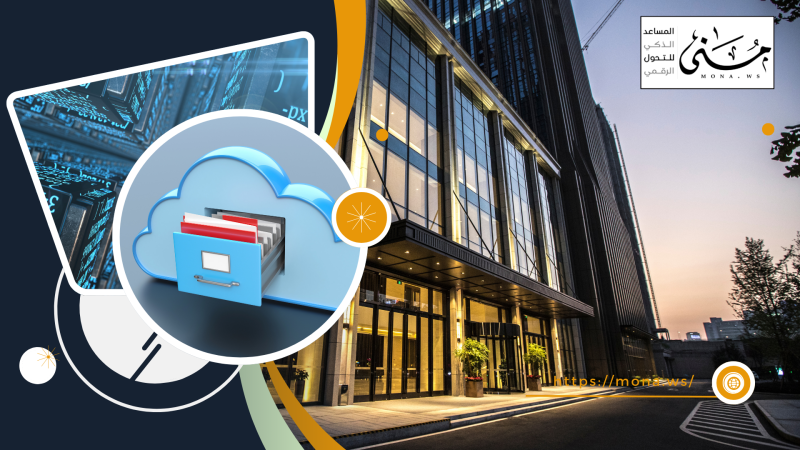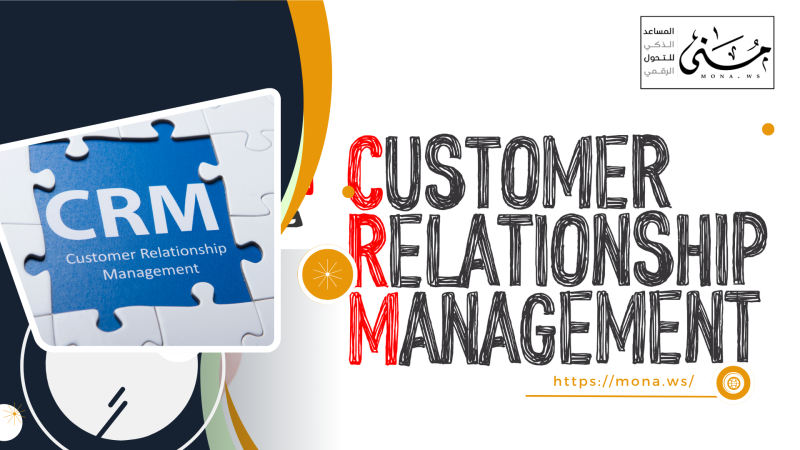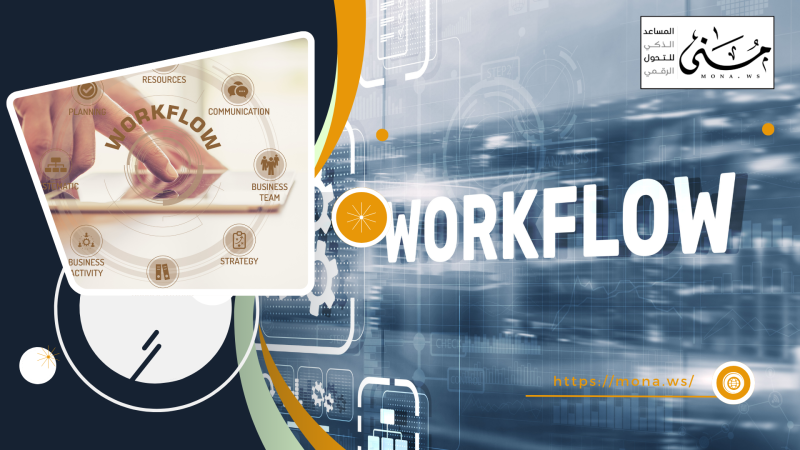At the heart of every government institution lies a wealth of information and data that constitutes its historical memory and the foundation for its future decisions. For decades, this memory was confined to paper files, stacked in cabinets and basements, protected by traditional locks. However, this conventional model, which served past generations, has now become a heavy burden and a significant obstacle to nations' ambitions of achieving a lean, transparent, and effective government. Digital transformation is no longer an option but an imperative dictated by the demands of our time. At the forefront of this transformation is electronic archiving, which serves as a cornerstone for re-engineering government procedures.
This article presents a real-world case study and the actual experience of a leading government authority that was drowning in a sea of chaotic paper-based procedures and decided to navigate toward an organized digital future. We will follow its journey step-by-step, from making the strategic decision to transform, through meticulous planning and overcoming challenges, to the implementation of the advanced Enterprise Content Management (ECM) system, DocSuite. We will explore how this authority managed to reduce paper, fully digitize its archive, and establish an integrated system for government records management that ensures efficiency, security, and compliance.
The Situation Before Transformation: A World of Paper and Challenges
Before the spark of change was ignited, the authority operated under an administrative system that was almost entirely dependent on paper. The scene was not just one of offices cluttered with files, but a complete ecosystem of inefficiency. The situation can be summarized in several key points:
-
Storage Chaos and Wasted Time: Different departments maintained their own archives, leading to the accumulation of thousands of files in large, costly rooms and warehouses that consumed valuable space that could have been better utilized. The process of finding a single document was like searching for a needle in a haystack—a painstaking manual task that could take long hours, and sometimes days, causing significant delays in completing transactions and making decisions.
-
Lack of Version Control: In the world of paper, it is difficult to track document versions. Multiple copies of the same document often existed in different places with minor modifications, with no easy way to determine which was the final, approved version. This caused considerable confusion and led to decisions being made based on outdated or incorrect information.
-
Catastrophic Security Risks: Paper-based file management was a security nightmare. Files were susceptible to damage from aging, humidity, or fire, and were at risk of being lost during transit between offices. More dangerously, access control was difficult; anyone who could enter the archive room could potentially view sensitive or confidential information without leaving any trace of their identity.
-
Geographical Isolation of Information: Information was confined within the four walls of the government building. There was no way for employees to access necessary files while outside the office or on field assignments, crippling their ability to respond quickly and disrupting workflow in emergencies. This shortcoming became glaringly evident with the growing need for flexible work models.
This grim reality was the primary catalyst that drove the authority's senior management to seriously consider a radical solution that would restructure the way government records are managed and bring it into the 21st century.
Planning and Preparation Phase: The Foundation for Success
The decision to transform was not made by chance; it was the result of a strategic vision aimed at achieving excellence in government performance. The planning phase went through deliberate steps to ensure a solid foundation for the project.
-
Forming the Project Team: Recognizing the project's importance, a multidisciplinary team was formed to act as the engine and leader of the transformation process. The team included representatives from the IT department, the documents and archives department, heads of major departments, and an executive manager from senior leadership to act as a project sponsor. This ensured the necessary support and facilitated decision-making.
-
Defining Clear and Measurable Objectives (KPIs): The goals were not just vague statements like "improve efficiency." Precise Key Performance Indicators (KPIs) were established to serve as the compass guiding the project and measuring its success later. Among the most prominent objectives were:
-
Reduce the average search time for any document from 3 hours to 30 seconds.
-
Free up 75% of the physical space allocated for paper file storage within two years.
-
Achieve 100% compliance with national regulations for preserving government records and documents.
-
Automate 60% of key internal procedures (such as leave requests, financial approvals) within the first year of implementation.
-
-
Choosing the Right Technology Partner: The authority began a thorough evaluation of available solutions in the Enterprise Content Management (ECM) market. DocSuite ECM was chosen for several critical reasons that made it the most suitable for the government archiving environment:
-
Comprehensive Arabic Language Support: The system's ability to effectively understand and process Arabic content, including accurate Optical Character Recognition (OCR) for Arabic texts.
-
High-Level Security: The system provides a robust security architecture with precise access permissions, data encryption, and detailed audit trails—requirements that cannot be compromised in the government sector.
-
Customization and Integration Capability: The system's flexibility to adapt to the authority's organizational structure and specific procedures, and its ability to integrate seamlessly with other existing systems like the HR and financial systems.
-
Experience in the Government Sector: A proven track record of successful implementations in other government entities, which provided confidence in the vendor's understanding of the requirements of this sensitive sector.
-
Implementation and Internal Setup Phase: Transitioning to DocSuite
Once planning was complete, the most critical and dynamic phase began: the actual implementation that turned the vision into a tangible reality. This phase was divided into parallel workstreams to ensure efficiency and speed.
-
Archive Analysis and Classification: Before starting the archive digitization, a specialized team conducted a comprehensive inventory of all types of documents and files within the authority. The lifecycle of each document was analyzed, and important metadata for each type was identified (e.g., document number, date, subject, issuing department). Based on this analysis, a unified and logical digital archive tree was designed to serve as the core structure within the DocSuite system.
-
The Massive Digitization Process: This was the largest task. A specialized company was contracted to manage the scanning of millions of pages. The process involved several meticulous stages: sorting and preparation, scanning using high-speed devices, indexing and metadata entry, and finally, a quality control stage to ensure the digital image matched the original and the entered data was accurate. OCR technology was used to convert document images into searchable text, marking a quantum leap in information accessibility.
-
System Configuration and Procedure Design: Concurrently with digitization, the technical team worked on configuring the DocSuite system. The digital archive structure was built, and access permissions for each employee and workgroup were defined with utmost precision. The most exciting part was designing automated workflows. Complex paper-based procedures, like a "contract approval request," were transformed into simple electronic step-by-step processes where the document is automatically routed from one employee to another for review and approval, complete with instant notifications and tracking reports.
-
Change Management and Employee Training: Management understood that the system's success depended not only on its technical power but also on employee acceptance and effective use. An internal change management campaign was launched, including introductory workshops to explain the system's benefits and how it would facilitate their daily tasks. This was followed by intensive, customized training sessions for each department based on its work nature. "Change champions" were also selected from enthusiastic employees in each department to be the first point of support for their colleagues and to answer their queries.
Challenges Faced and How They Were Overcome
The transformation journey was not without its obstacles. The authority faced several real-world challenges that required smart and innovative solutions.
-
Resistance to Change: This was the most prominent challenge. Some employees, especially from the older generation, expressed fear of the new technology, feeling it would complicate their work or threaten their roles. The solution lay in continuous and transparent communication from senior management, involving employees in the design phases of some procedures to make them feel part of the solution, and focusing training on "personal benefits" like saving time and effort. This gradually turned resistance into acceptance and then enthusiasm.
-
Quality and Volume of the Old Archive: The sheer volume and poor condition of the archive posed a logistical challenge. There were very old documents with brittle paper and faded ink, which made scanning difficult. The solution was to use specialized scanners equipped with technologies to automatically enhance images, in addition to assigning a team to manually review difficult documents to ensure archival quality. A phased digitization plan was also developed, starting with the most vital departments and active files.
-
Technical Integration: To maximize benefits, it was necessary to link the DocSuite system with other existing government systems. The solution was to form joint technical workshops between the DocSuite team and the authority's internal developers. A clear integration map was established using Application Programming Interfaces (APIs) to ensure a smooth and secure flow of data between the different systems.
Post-Implementation Control and Compliance Monitoring
After the full transition to the digital environment, the focus shifted to ensuring the system's sustainability, security, and compliance with regulations. DocSuite provided powerful tools to achieve this:
-
Comprehensive Audit Trails: Every action performed on any document became logged and documented. Administrators could easily see who created a document, who viewed it, who modified it, and who printed or sent it, with a precise record of the time and date. This feature raised the level of transparency and accountability to an unprecedented level.
-
Automated Retention and Disposition Policies: The system was configured to automatically apply government records management regulations. Retention periods were set for each document type, and upon expiration, the system sends a notification to officials to take action, whether for permanent archiving or secure disposal. This ensures legal compliance and reduces the burden of unnecessary digital storage.
-
Reports and Dashboards: The system provides dashboards and periodic reports that give management a comprehensive overview of system performance, such as the number of documents archived daily, the average transaction completion time, and the most active employees. This data helped in identifying weaknesses and continuously improving procedures.
-
Periodic Access Reviews: A periodic (quarterly) procedure was established to review the access rights of all users, ensuring that each employee has only the minimum privileges necessary to perform their job, applying the "Principle of Least Privilege."
The experience of this government authority in transforming from paper chaos to digital efficiency is an inspiring success story. The results were not just numbers in reports, but a tangible change in the daily work environment. Information became available at the click of a button, the pace of transaction processing accelerated significantly, the security of sensitive documents was enhanced, and financial and human resources that were previously wasted were freed up.
The most important lesson to be learned from this journey is that electronic archiving is not just an IT project; it is a reinvention of the entire institutional work culture. It is a strategic investment in transparency, accountability, and efficiency. Thanks to the solid digital foundation built using DocSuite, the authority is now in an ideal position to move toward broader horizons of digital transformation, such as adopting artificial intelligence solutions for data analysis, providing more advanced e-services to citizens, and contributing effectively to achieving the vision of a smart government of the future.









Comments
Add New Comment